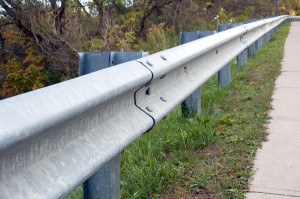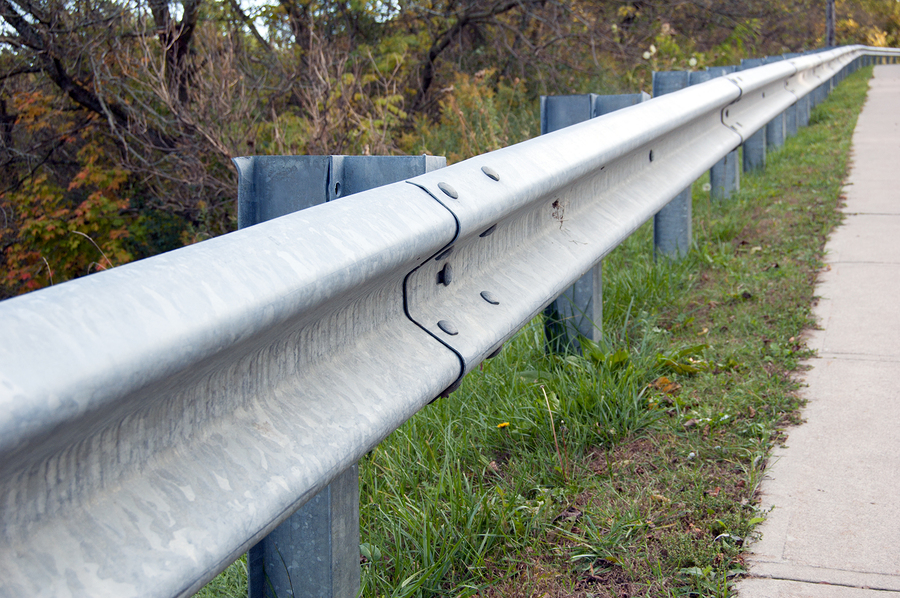Road safety could be enhanced with better oversight of guardrails and other hardware, according to report issued last month by the Government Accountability Office (GAO).
 Roadside safety hardware includes guardrails and median barriers. The report outlines additional categories of road safety hardware as:
Roadside safety hardware includes guardrails and median barriers. The report outlines additional categories of road safety hardware as:
- Longitudinal barriers, which include items such as guardrails and cable barriers and are intended to reduce the probability of a vehicle’s striking an object or terrain feature off the roadway that is less forgiving than the barrier;
- Bridge barriers, which function as longitudinal barriers but are specific to bridge design;
- Barrier terminals/crash cushions, which include items like guardrail end terminals that are intended to absorb or divert the energy of a crash into the end of a longitudinal barrier;
- Support structures, such as sign supports, which are designed to break or yield when struck by a vehicle;
- Work zone devices, which include a variety of items used in a work zone that are
temporary in nature.
According to the report, “the goal of roadside safety hardware is met when the hardware contains, redirects, or decelerates the vehicle to a safe stop without causing serious injury to the vehicle’s occupants or other people.”
Results of a state by state survey suggest there are inconsistencies among states in crash testing of road safety equipment. According to GAO, the Federal Highway Administration(FHWA) doesn’t have a monitoring program in place in order to follow up on scheduled safety upgrades.
In addition, in states where crash testing was completed and well documented, there does appear to be a question of independence given that the test laboratories are part of the parent company that manufactured the product being tested.
According to the report, “GAO found that six of the nine accredited U.S. crash test laboratories evaluate products that were developed by employees of the parent organization — a potential threat to lab independence.”
No third party verification of test results is currently mandated by the FHWA; however, the GAO report recommended a process for third party verification of results be developed.
Besides crash tests, the GAO recommends that states perform in-service performance evaluations of installed roadside safety hardware. Due to lack of inventory and crash data, few of these evaluations have been completed.
Was this article valuable?
Here are more articles you may enjoy.


 Bankruptcy Judge Shoots Down $10 Billion J&J Settlement
Bankruptcy Judge Shoots Down $10 Billion J&J Settlement  TikTok’s New Owner Stands to Inherit 1,500 Safety, Privacy Suits
TikTok’s New Owner Stands to Inherit 1,500 Safety, Privacy Suits  State Farm Has Paid $2.5 Billion in Claims for LA Wildfires
State Farm Has Paid $2.5 Billion in Claims for LA Wildfires  California’s Snowpack Data Likely Signals Another Fire-Prone Summer
California’s Snowpack Data Likely Signals Another Fire-Prone Summer 